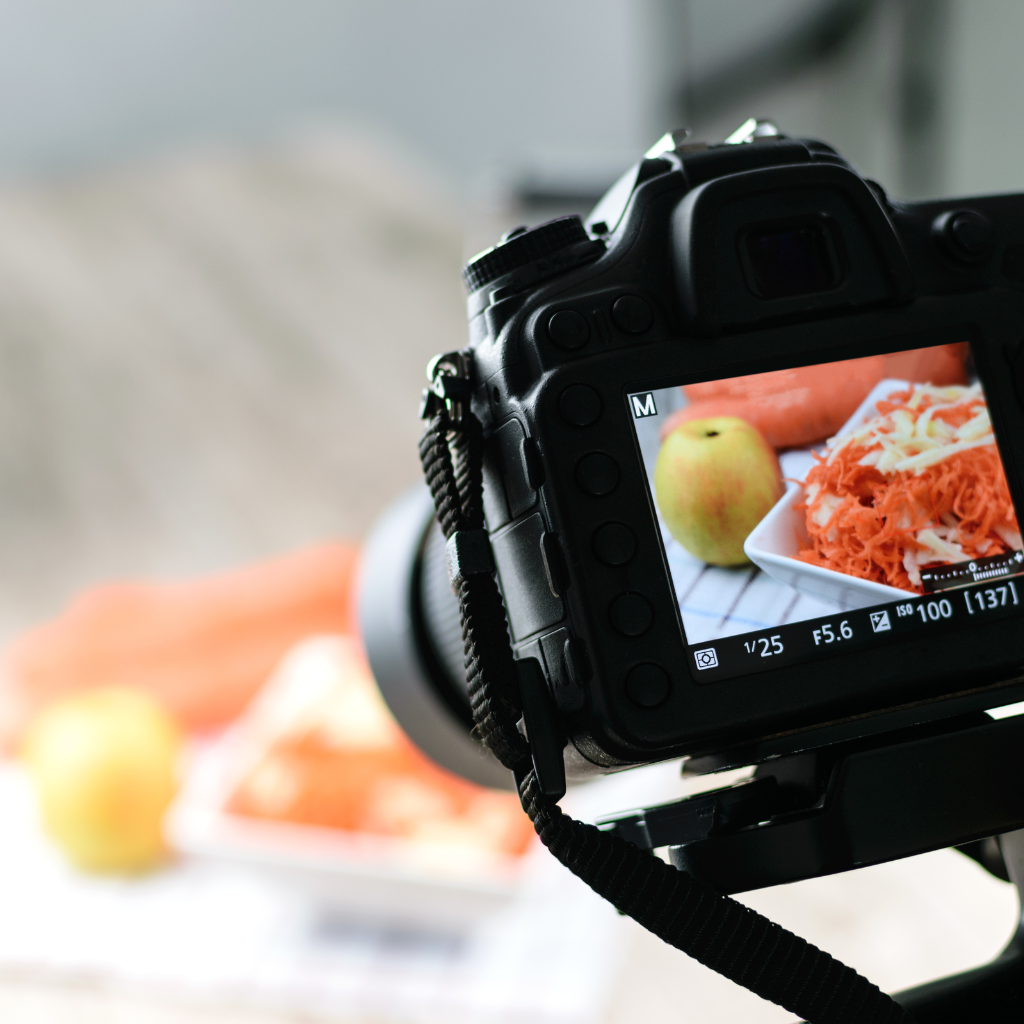Why is Lighting Important in Photography?
by siteadmin

Whether you're using natural light or artificial lighting, learning to use your camera with the right kind of lighting is an important skill for any photographer.
Lighting is the determining factor in how beautiful and professional your photos look. It can affect the colors, mood, setting and overall concept of your image.
Brightness
A properly lit image can convey a lot of information about the subject and its surroundings. This is why it is important to learn how to control your lighting.
Brightness and Contrast are the two main types of light adjustments that you can make in your pictures. Adjusting brightness affects all of the pixels in your picture, making them lighter or darker.
Contrast, on the other hand, only affects the lightest and darkest points of your image. Adjusting contrast makes smaller areas of the picture stand out more and gives the image a more vibrant feel.
There are several ways to adjust brightness and contrast in your images, including the Brightness and Contrast sliders in most editing software. However, it is always a good idea to experiment with the settings until you find the right balance for your images.
Contrast
Contrast is a very important part of photography, as it helps to draw attention and create dramatic or emotional effects. It can also be used to add depth and texture to images.
To achieve contrast, photographers use different techniques. They may use strong lighting, bright colors and textures, or black-and-white photographs with high contrasting areas.
In addition, they can use post-processing software to increase or decrease contrast in their photographs. This is called micro-contrast, and it's a great way to highlight small details within an image.
When using contrast, photographers need to remember that it should be applied in a balanced way. Too much contrast can make an image appear jarring or confusing.
Shadows
Shadows are formed when an object blocks the light from a source. These objects can be any opaque (solid) object such as walls, furniture and electrical appliances.
They can also be made by a non-opaque object such as an open window or sun umbrella. These objects can be moved or tilted to create different types of shadows.
When photographing shadows, it is important to use your camera in manual mode as it gives you more control over the exposure. Otherwise, you risk washing out your shadows and making them too light.
One of the most effective ways to use shadows is for revealing form. This can be done outdoors during the day or indoors with a lamp or off-camera flash.
Another common use is for establishing balance. Hard shadows are better because they have defined edges that help create more interesting shapes.
Mood
Moods are the emotional states that people experience, often with an intensity of either positive or negative feeling. They are influenced by time and context, but can be triggered or instantiated by a stimulus.
Choosing the right lighting can help create a mood. It's not just about the brightest or darkest part of the photo – it's also about how the light is reflected, emitted and positioned.
Color is another important factor in establishing mood. Muted colors can suggest sadness, while brighter and more vibrant ones evoke happiness.
Composition can also contribute to a mood, especially when it is symmetrical and balanced. A cluttered composition with a lot of empty space will send the viewer a different message than one that is organized and focused.
Other factors that evoke mood include facial expression, body language and the way elements are arranged in the photograph. The choice of camera angle can also impact mood. For example, a low camera position gives a person more prominence than shooting from high up.
https://www.littlewolfcollective.com/
los angeles product photographer
product photographer los angeles
Whether you're using natural light or artificial lighting, learning to use your camera with the right kind of lighting is an important skill for any photographer. Lighting is the determining factor in how beautiful and professional your photos look. It can affect the colors, mood, setting and overall concept of your image. Brightness A properly…
Recent Posts
- Unveils Affordable Invisalign Cost in Las Vegas, Redefining Smile Transformations
- Lawn Care Spring Branch Advocates for Property Care: Combatting Weed Growth and Preserving Curb Appeal
- Lawn Care Spring Branch Advocates for Property Care: Combatting Weed Growth and Preserving Curb Appeal
- Expert Cleaners Lexington: Setting New Standards in Quality Assurance and Flexibility
- Expert Cleaners Lexington: Setting New Standards in Quality Assurance and Flexibility
